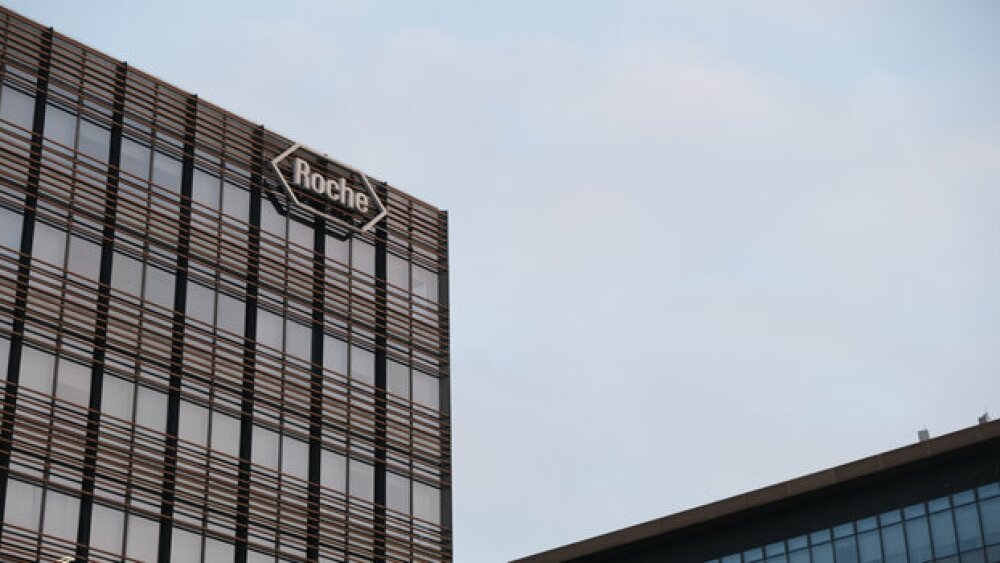So far during the first six months of the year, more than $100 billion has been spent on a myriad of acquisitions across the pharma and biotech industries.
For many biotech companies, mergers and acquisitions have become a cornerstone in building a robust pipeline that can ensure positive growth for years to come. Although 2017 was slow for M&A activity, analysts have predicted 2018 could be a return to a spending frenzy.
2017 was considered to be a lean year for M&A in biotech. BioSpace reported in January that there were 101 deals, down from 166 in 2015. Of those deals in 2017, there were only 14 deals worth $1 billion or more. That lull in activity appears to be changing.
So far during the first six months of the year, more than $100 billion has been spent on a myriad of acquisitions across the pharma and biotech industries. One reason so many predict heavy M&A activity is the passage of changes to the U.S. Tax Code that lowered the corporate tax rate to less than 20 percent for most companies and provided companies with a path to bring tens of billions of dollars in off-shore funds back to the United States. Those moves freed up a lot of money that companies could use to make deals for pipeline-expanding therapies that provide those companies an edge over competitors, all while (hopefully) developing a robust return for investors.
The year started with a $7 billion bang at the J.P Morgan Healthcare Conference when Celgene acquired San Diego-based Impact Biomedicines and its JAK inhibitor program targeting myelofibrosis. Impact is developing fedratinib, a highly selective JAK2 kinase inhibitor, for patients with treatment-naïve myelofibrosis, a bone marrow disorder that disrupts normal production of blood cells. The move provided Celgene with a therapy that could challenge rival drugmakers Novartis and Incyte in the myelofibrosis space.
The deal for Impact wasn’t the only one undertaken by Celgene. Weeks after the company announced it would acquire Impact, Celgene plunked down another $9 billion to snap up Juno Therapeutics, a company in which it had already taken a $1 billion stake. The deal gave Celgene an avenue into the world of CAR-T and T cell receptor (TCR) therapies.
Celgene wasn’t the only company in January to make a big M&A splash. France-based Sanofi plunked down $11.6 billion to acquire Bioverativ, the Biogen spinout focused on developing treatments for hemophilia. That deal gave Sanofi two hemophilia drugs Eloctate for Hemophilia A and Alprolix for Hemophilia B. In January Sanofi also gained control of fitusiran, an RNAi therapeutic in development for hemophilia A and B through its partnership with Alnylam. One week later, Sanofi dropped another $4.8 billion to acquire Belgium-based Ablynx. The move was a complement to the acquisition of Bioverativ. Olivier Brandicourt, chief executive officer of Sanofi, said the Ablynx deal was part of the company’s strategic transformation of its R&D in rare blood disorders. Ablynx’s lead compound is caplacizumab (anti-vWF Nanobody), which is being developed to treat acquired thrombotic thrombocytopenic purpura (aTTP).
In March, GlaxoSmithKline dropped $13 billion to acquire full control of a consumer health unit. This was the biggest deal for GSK since Emma Walmsley took over the reins of the company last year. The U.K. pharma giant had partnered with Novartis on the business division. The Swiss company held a 36.5 percent interest in the business. The deal gave GSK 100 percent control of the business unit that markets products such as Sensodyne toothpaste and Panadol headache tablets. Last year the healthcare unit reported sales of nearly $11 billion (£7.8 billion).
The biggest deal of the year though, at least so far, was Takeda Pharmaceutical’s bid to acquire Shire Plc for $62.2 billion. The deal will help open U.S. markets for Japan-based Takeda and Shire’s drugs will have easier access to markets in Japan. As BioSpace noted when the deal was announced, Takeda will also take on a significant amount of debt through the deal, sending the price tag closer to $80 billion when that amount is included.
In addition to deals of $1 billion and more, there have also been a number of smaller deals that amount to tens of millions, or hundreds of millions of dollars. For example, in January Seattle Genetics acquired Cascadian Therapeutics in a $614 million deal to gain control of tucatinib, a tyrosine kinase inhibitor that is highly selective for HER2, which is overexpressed in breast, colorectal, ovarian and gastric cancers. In February Merck plunked down $394 million to acquire Australia-based Viralytics Ltd and its oncolytic immunotherapy treatments. Merck has already paired Viralytics Cavatak, an investigational oncolytic, with its PD-1 inhibitor Keytruda. In April New Haven, Conn.-based Alexion acquired Stockholm, Sweden-based Wilson Therapeutics for $855 million.
While M&A moves are often made to bolster company pipelines and strengthen bottom lines, companies also often divest their holdings for the same reasons. In May, Allergan said it will sell off two non-core businesses following a strategic review of the company’s assets. Following a strategic review, Allergan’s board of directors wants to focus on the company’s four core businesses -- eye care, aesthetics, central nervous system diseases and gastrointestinal conditions. While no deal was announced, the company could snag between $4 and $6 billion when it decides to sell off its non-core assets.
Israel-based pharma giant Teva has also been in the midst of divesting itself of non-core assets as it looks to address debt of about $30 billion. At the beginning of February Teva said it completed the sale of a portfolio of products within its global women’s health business for $703 million in cash. That deal followed up several divestitures in late 2017.
In April, GSK divested its rare disease gene therapy portfolio to Orchard Therapeutics for a 19.9 percent equity stake in the U.K. company. Programs gained from the GSK deal include Strimvelis, the first autologous ex vivo gene therapy for children with adenosine deaminase severe combined immunodeficiency (ADA-SCID), which was approved by the European Medicines Association in 2016.
In June, Akebia Therapeutics and Keryx Biopharmaceuticals, Inc. merged to create a company expected to be a leader in the development of renal disease therapies. The new company, which will be known as Akebia Therapeutics, Inc., will focus on developing therapies for chronic kidney disease (CKD). The company’s platform will be built on Keryx’s Auryxia (ferric citrate), which has been approved to treat dialysis-dependent CKD patients for hyperphosphatemia and non-dialysis dependent CKD patients for iron deficiency anemia (IDA). A second CKD treatment could be forthcoming. Akebia’s vadadustat is in Phase III trials for CKD patients with anemia.
In February, Johnson & Johnson was reported to be exploring the potential sale of its advanced sterilization products unit, which goes by the acronym ASP. Like several biopharma companies J&J has been in the process of streamlining its divisions, which includes the sale of non-core assets. ASP develops instrument sterilization, high-level disinfection, and cleaning technologies to help health-care facilities. Its product portfolio includes the Sterrad systems, which is used to sterilize medical instruments, as well as the Evotech endoscope cleaner. If the company pulls the trigger on the sale J&J could command up to $2 billion for the unit. Other J&J divisions that could be sold include its over-the-counter business, diabetes-care unit and medical devices unit.





